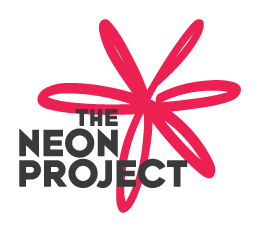
Innovation & design thinking: Skill-ToolKit: 002
Tool: Denotation & Connotation skills/tool
The word ‘War’ denotes fight. However, the same word, ‘War,’ has several connotational meanings, like danger, destruction, winner-loser, a victory over evil…
—
Most of us know this famous the “War on Drugs” campaign led by the U.S. federal government, of drug prohibition. President Nixon declared it in 1971 (to reduce the illegal drug trade in the United States).
In 1947, an adviser to presidents coined the term “Cold War” to describe the increasingly hostile relations between two World War II Allies: the United States and the Soviet Union.
” War on Poverty,” a government program created to help needy Americans, started by President Lyndon Johnson in 1964 (The War on Poverty incorporated measures for job training and housing development).
—
As we already know, the definition of denotation and connotation. If I want to define in an uncomplicated manner, I may say ‘Denotation’ is all about the dictionary meaning of the word. For example, ‘Chair’ means a piece of furniture, which is used for sitting purposes. Whereas, ‘Connotation’ goes beyond the dictionary meaning of the chair. It is a symbol of power, position, status…

Furthermore, the connotational meaning could change culture to culture, and sometimes the meaning of a connotation could lose its steam over time due to the changes in the value system, and trends in the society.
In a nutshell, denotational meanings are generally fixed, whereas connotational definitions could keep evolving. Notably, the people who are in the ‘Meaning-making,’ ‘Cultural-branding,’ and ‘Perception-buildering’ they keep inventing the new connotational meanings to build new perceptions. For example, Black life matters (for the fight against racism), Me too movement (for the fight against harassment).
——
Three types of connotations
——
Positive connotation.
A positive connotation is meant to promote a positive emotional response.
For example, if you want to describe a meticulous person, you could say he/she is a ‘purist.’
——
Negative connotation.
A negative connotation is meant to put a person or thing in an unfriendly light.
For example, that same meticulous person might be labeled as ‘He/she being anal.’
——
Neutral connotation.
As the name suggests, it is not attached to positive or negative meaning.
For example, saying ‘He/she is diligent’ suggests a person works meticulously and not overtly describing positively or negatively.
——
In conclusion, nurturing the arts of recollect, associate, and invent the connotational meanings is an essential-skill for Innovators and Design-thinkers to generate new meanings.
————————
I dedicate this skill/tool to my Master’s in Branding, course leader, Grant Rose, London College of Communication, University of the Arts London. Who introduced this marvelous skill/tool to me.

